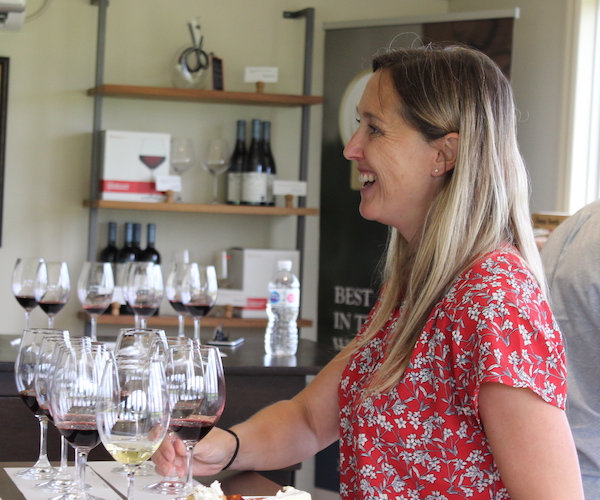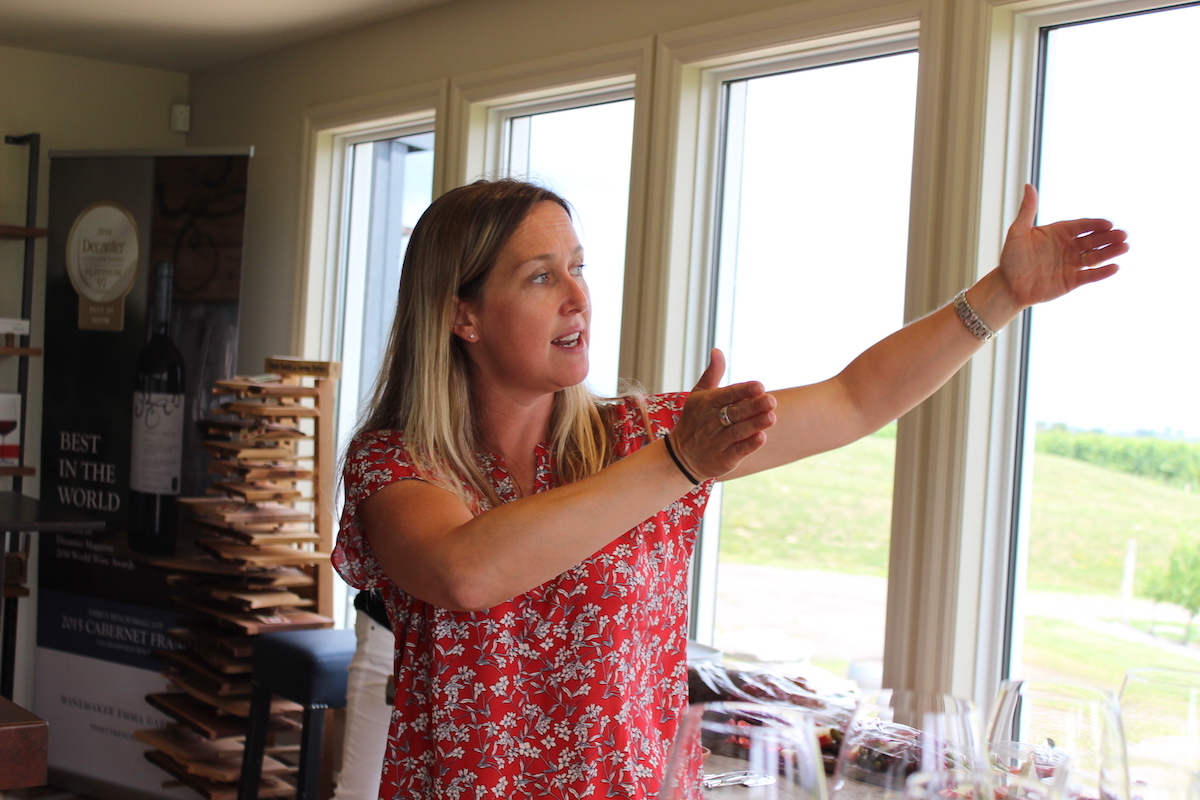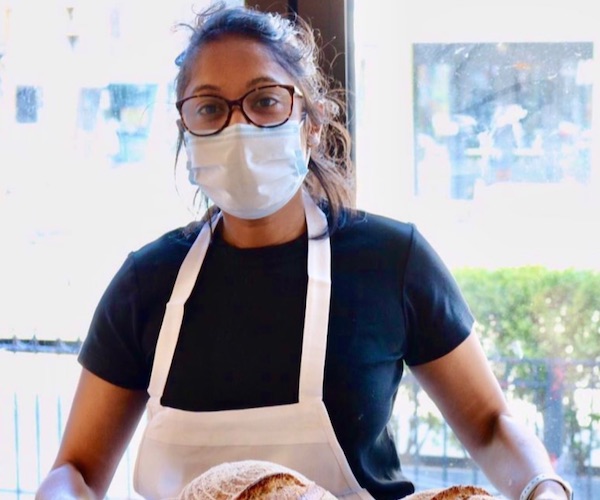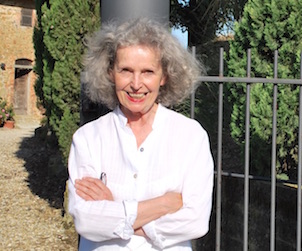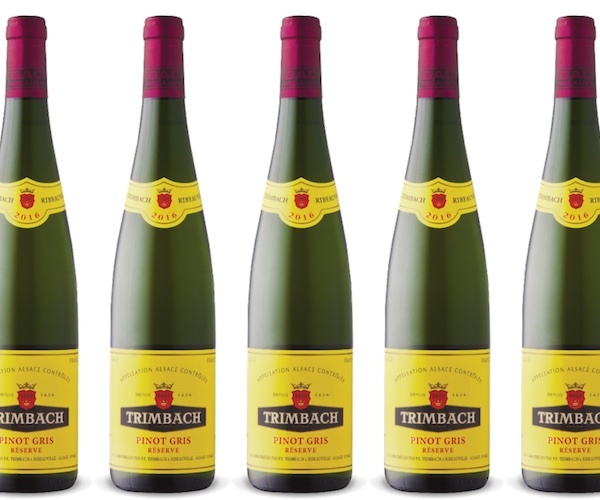Malcolm Jolley tastes back vintage Riesling and Cabernet Franc at Thirty Bench…
Fiona Muckle’s father, Tom and his partners Yorgos Papageorgiou and Franz Zeritsch founded what would become Thirty Bench winery in 1980 when they took over the property near Beamsville overlooking Lake Ontario. At first it was mostly planed with fruit trees and some fruit trees, but Fiona Muckle explained her father, a doctor from Hamilton, had a vision to plant and grow vinifera grapes, especially Riesling, and soon they were selling to Cave Spring and André’s, the latter being the company that became Andrew Peller Limited, which bought Thirty Bench in the 1990’s.
I received the quick history lesson above from Fiona Muckle in the tasting room at Thirty Bench last month along with a handful of wine journalists and top executives from Peller, including chief winemaker Craig MacDonald, and Thirty Bench’s award winning winemaker Emma Garner. Muckle is the Estate Manager at Thirty Bench and she was laying down the background before Garner led us through a special tasting of back vintage Thirty Bench Riesling and Cabernet Franc. The occasion of the tasting was the 25th ‘retail anniversary of Thirty Bench, celebrating the first time the winery opened its doors to the public in 1994.
WOOD POST RIESLING
The Wood Post vineyard at Thirty Bench is right by the wine shop and was planted with Rielsing in 1984. Because some vines have been replaced and replanted over the years, Garner explained to us she does a hand select for her ‘Small Lot’ wines, like the Wood Post, and doesn’t always make them. She decided not to make a single vinyard Wood Post in 2013, which she described as “an off year.” We began with the Thirty Bench Wood Post Riesling 2016, which is what is currently for sale for $29.99 a bottle. It was an exuberant and bright wine with lemon and tart apple notes and brought water to the mouth with each sip. Then, we moved back in time tasting on out own the vintages of 2015, 2014, 2012, 2011, 2010, 2009, 2008, 2007, 2006 and 2005, all of which Garner had a hand in making. It was quite a ride! All were strong on fruit, and some showed the classic secondary character of ‘petrol’, though not necessarily in order by date. There great variances by vintage, which Garner confessed was one of the points of the seminar. Making Riesling on the Beamville Bench, she showed us, means dealing with whatever the weather throws you. As she said, “The Wood Post is the one lot that keeps me guessing.” So far, I’d say she’s making pretty good guesses.
SMALL LOT CABERNET FRANC
Thirty Bench grows Cabernet Franc on a small section of the estate vineyard that’s cut off from the other vineyards by a creek and is the most northerly parcel, so it’s the closest to the moderating influence of Lake Ontario. Garner conceded that it was strange for one property to produce both Riesling and a Bordeaux varietal like Cabernet Franc, but she also believes she can get the requisite ripeness from the grape from her special small site. We started tasting with what’s currently on the market: Thirty Bench Small Lot Cabernet Sauvignon 2016, which sells for a cool $75.20 a bottle. This wine really got my attention. I had tasted a lot of Cab Franc when I was in the Loire Valley this spring, and the Small Lot 2016 was a very different beast, in a very good and interesting way. It has terrific concentration of fruit that goes over from dark red into black, but always with a line of cool climate acidity. From the 2016 we traveled back in time to 2015, 2014, 2013, 2012, 2011 and 2010. Among our group was Tony Aspler CM, who said after we tasted, “Emma is too modest to tell you but the 2015 won the Platinum Best in Show at the Decanter World Wine Awards in 2018 – the best red wine at the show.” I can tell you I understand why the judges felt that way as it showed amazing purple fruit and concentration, with perfect ripeness. But actually, all the wines showed great ripeness, with no green notes, and fruit that was consistently dark. If the Riesling tasting was about vintage variation, the Cabernet Franc tasting was about consistency in terroir and technique. Both made for a very good day.

